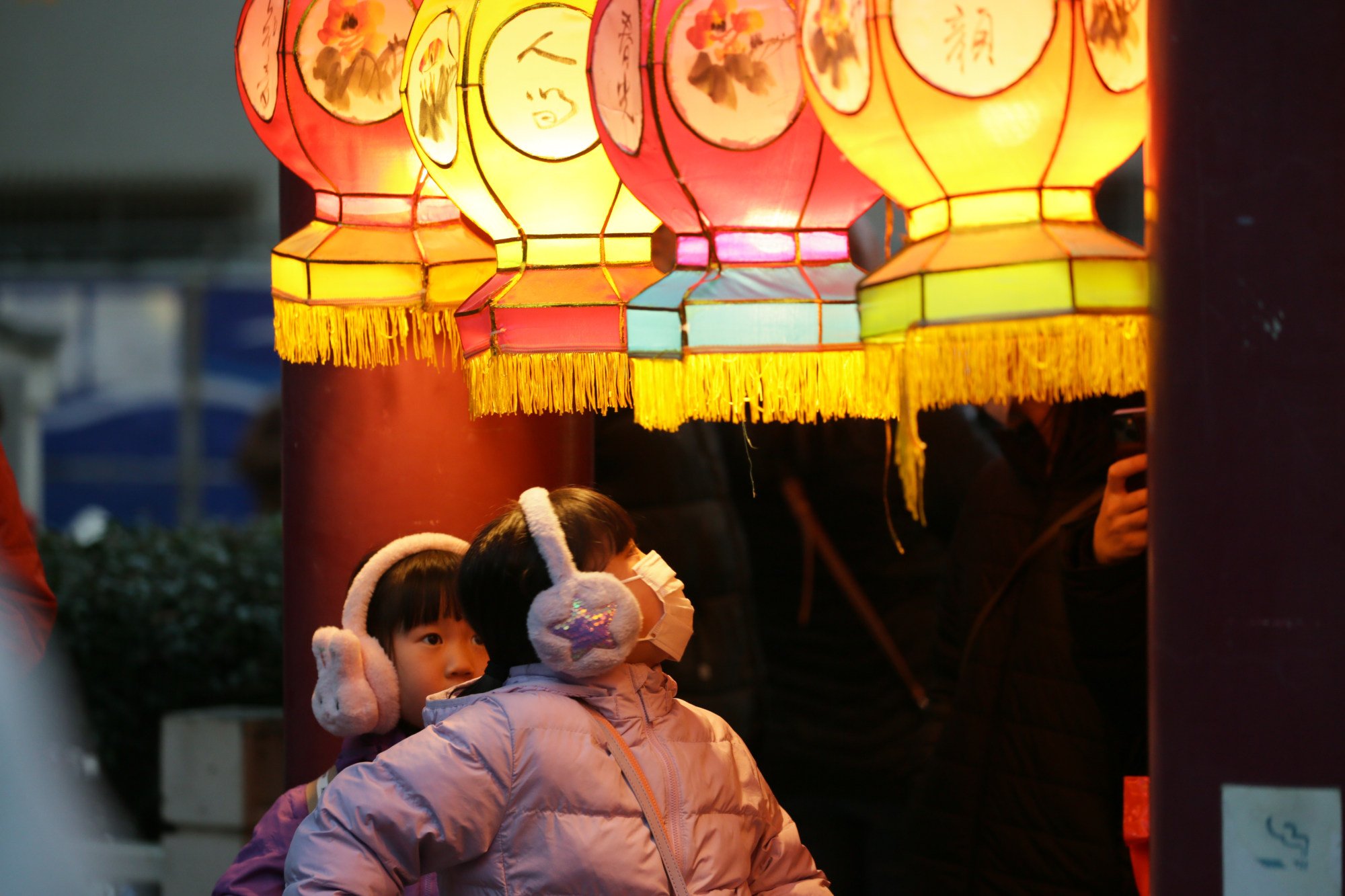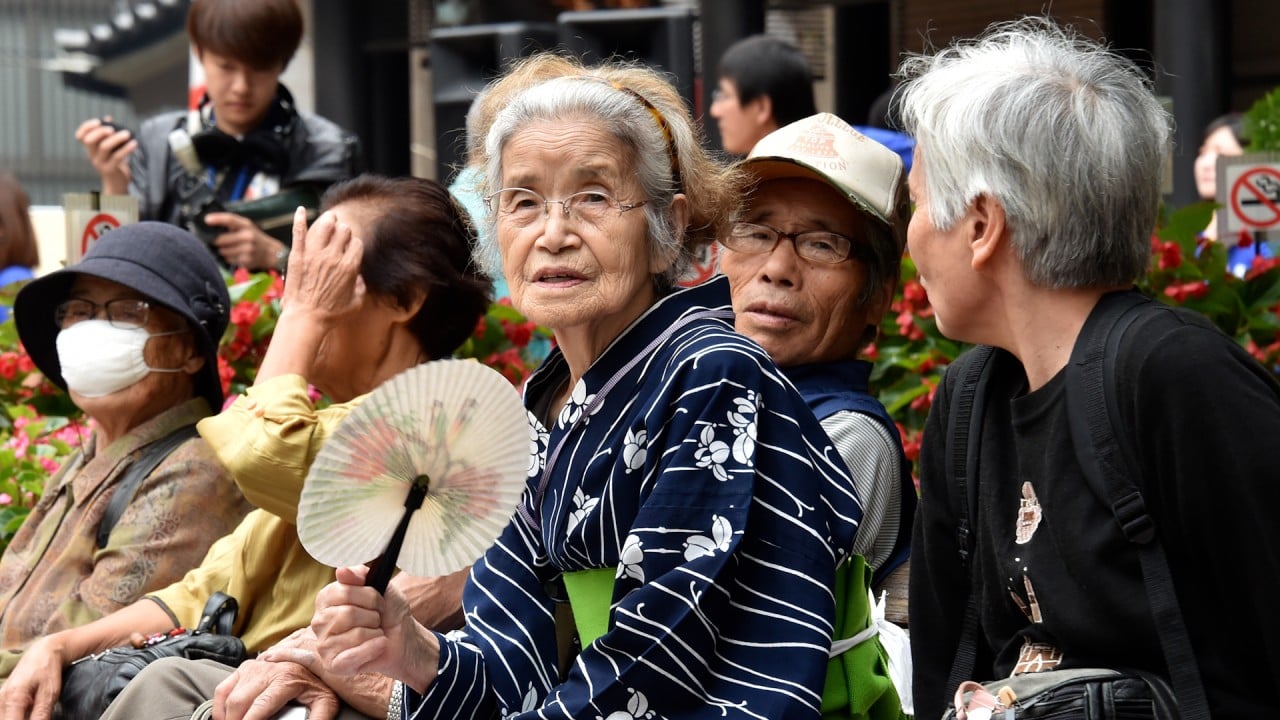Under the plan, the existing income limit for households receiving the benefits will be removed. A new funding scheme will be set up, requiring each person to pay an additional 300 to 500 yen (US$2-3.30) in the form of monthly health insurance premiums from financial year 2026.
Starting in October this year, the eligibility to receive 10,000 yen a month will be expanded to those aged between 16 and 18.
The current 15,000 yen monthly allowance for the third child and beyond will be doubled to 30,000 yen.

“We will ensure seamless support and substantially increase the benefits that child-rearing households receive,” Ayuko Kato, a minister in charge of child policy, told a press conference.
Late marriage and financial worries are often cited as reasons behind the decline in the number of children. Kishida’s government sees the period leading up to the 2030s as “the last chance” to reverse the trend.
The government plans to boost annual spending on child care and bring it to 16 per cent of gross domestic product from 11 per cent. The level is on a par with Sweden, known for its extensive child-related support.
Tokyo’s remedy to combat Japan’s declining population: an AI-driven dating app
Tokyo’s remedy to combat Japan’s declining population: an AI-driven dating app
The spending plan comes despite Japan’s financial health being the worst among advanced economies and social security costs ballooning with the rapid ageing of society.
Child allowances have been paid by the government, local municipalities and businesses.
The launch of the new “child support fund” is based on the view that the costs should be shared more broadly and fairly to address the common challenge of boosting the number of children.
The government aims to start collecting 600 billion yen at first and increase it to 1 trillion yen under the new funding scheme in financial year 2028.
Other features include increasing benefits for low-income single parents with three or more children and ensuring those taking child care leave can receive more benefits.
As the availability of day care facilities is critical for working parents, the government plans to expand child care support for children between the ages of 6 months and 2 years and make the service available to anyone, irrespective of their employment status, from April 2026 nationwide.
Japan had around 2.09 million newborns in the midst of its second baby boom in 1973. It slipped below 1 million in 2016 and below 800,000 in 2022 for the first time.


